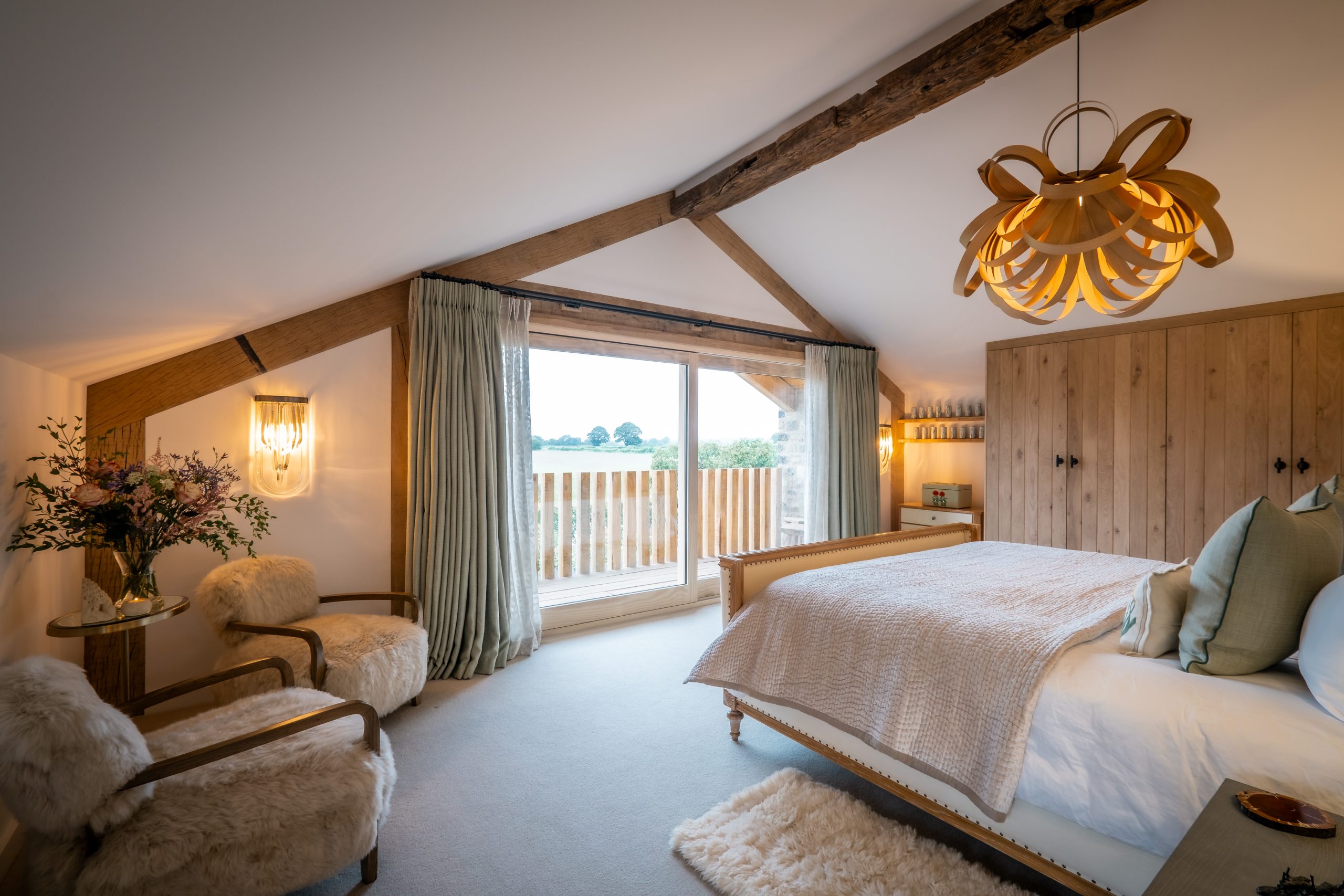Circadian lighting
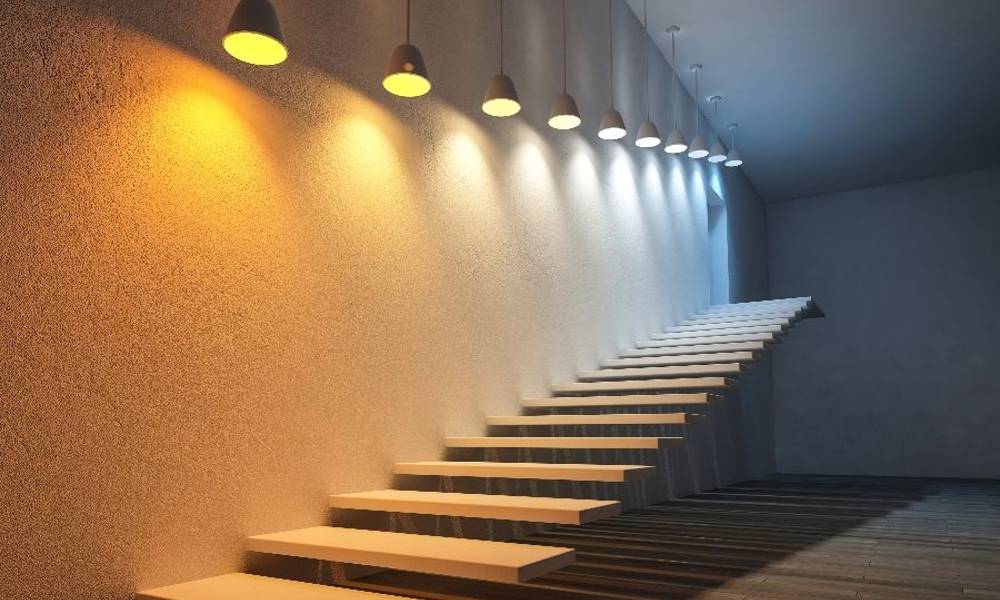
Circadian Rhythm
The lighting in our homes and workplaces can have a great influence on every aspect of our lives. This is why office blocks are equipped with harsh “cool white” lighting. This is to keep you alert and working at your peak at the office. But lighting like this can affect not only your mood, but how well you sleep.
Artificial lighting is a relatively new addition in the scope of human evolution. We have evolved to wake when the sun rises and rest when the sun sets. Our body clocks still rely on the cycle of light to regulate when we wake and when we start to feel tired in an evening. This cycle affects not only how we feel throughout the day, but how well we sleep at night.
Installing dynamic lighting in our homes and businesses allows us to recreate this circadian timeclock. Therefore, our bodies are better rested and more energised when we need to be.
How It Works
Circadian lighting changes the colour temperature of your indoor lighting throughout the day to replicate what the sun’s doing. It does this dynamically based on your schedule and your lifestyle. Ensuring you’re gaining the maximum health benefits from the system.
In the morning, lighting starts off warm, slowing ramping up in intensity as if the sun is coming up, to gradually wake you from your sleep. As the day progresses, the colour temperature cools to the natural colour of daylight. This whiter light and higher intensity gives you the energy to carry out your daily tasks throughout the day.
As we get to evening the system starts warming the temperature of the light down to an almost amber colour in the late evening helping your brain to recognise that it’s time to start winding down.
These changes in lighting intensity happen over hours rather than minutes, perfectly replicating the natural changes of colour temperature that occur as the sun moves across the sky.
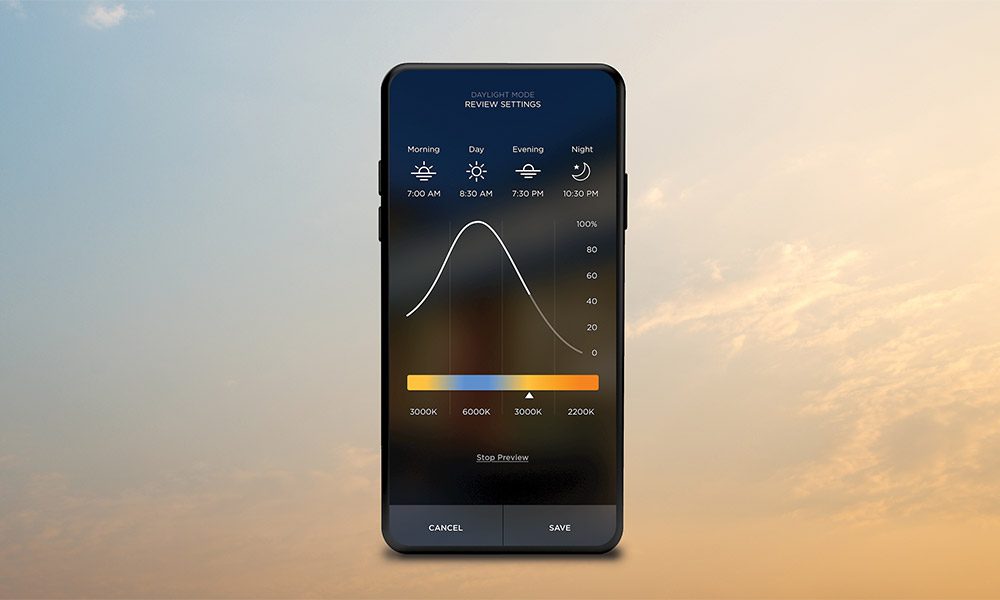
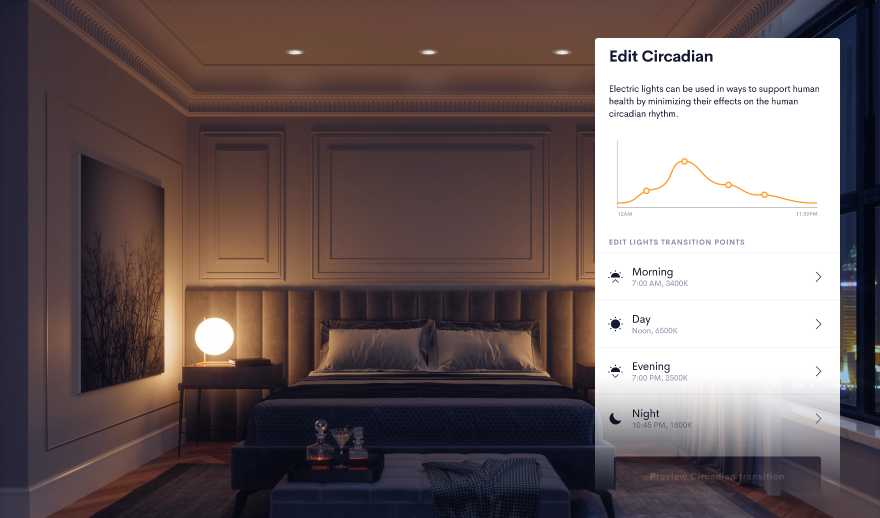
Quality of Light Matters
The quality of the light coming from fixtures is also key in designing a successful circadian lighting system. The build quality of light fittings is one thing. But the colour rendering index of the LED refers to how accurately the lighting fixture reveals the true colours of objects, people, and surroundings. This should be taken into consideration when designing a lighting scheme.
LED lighting that can tune between amber and daylight have a number LED chips to achieve these differences in colour temperature. The CRI index gives us a good indication of the quality of the light coming from a fixture in all of its colour modes. A CRI of 98 and above ensures you’re not only getting the benefits of the circadian lighting system. But perfectly recreating the natural luminance the sun would achieve were you to replace your light fittings with sky lights.
One of our favourite UK lighting manufacturer Orluna, are actively developing their LED engines. Designing them to support circadian lighting and have not only the build quality, but the CRI to back it up. We’re excited to see the lineup of circadian-enabled light fittings when they’re released later in 2022.
Availability
At Epixx, we’ve been dreaming of these systems for years. Even experimenting 6 years ago with multiple runs of LED strips in our office. For the ability to create lighting scenes that can replicate the suns movement’s throughout the day. To say that circadian lighting installation has been a passion of ours would be an understatement.
But now, 6 years on these automated systems are only just starting to come to the UK market. Lutron‘s solution, Ketra is currently a US only solution and they currently have no plans to expand to europe. Crestron’s solution is in a similar situation, the user interfaces are built and the system is ready to go but no support for the European market at launch.
Rako, a UK manufactured lighting control company have entered the race to promote this wellness solution for customers. The best part is most of their existing modules will be backwards compatible with the new system and older systems will be expandable to support these new features moving forward.
